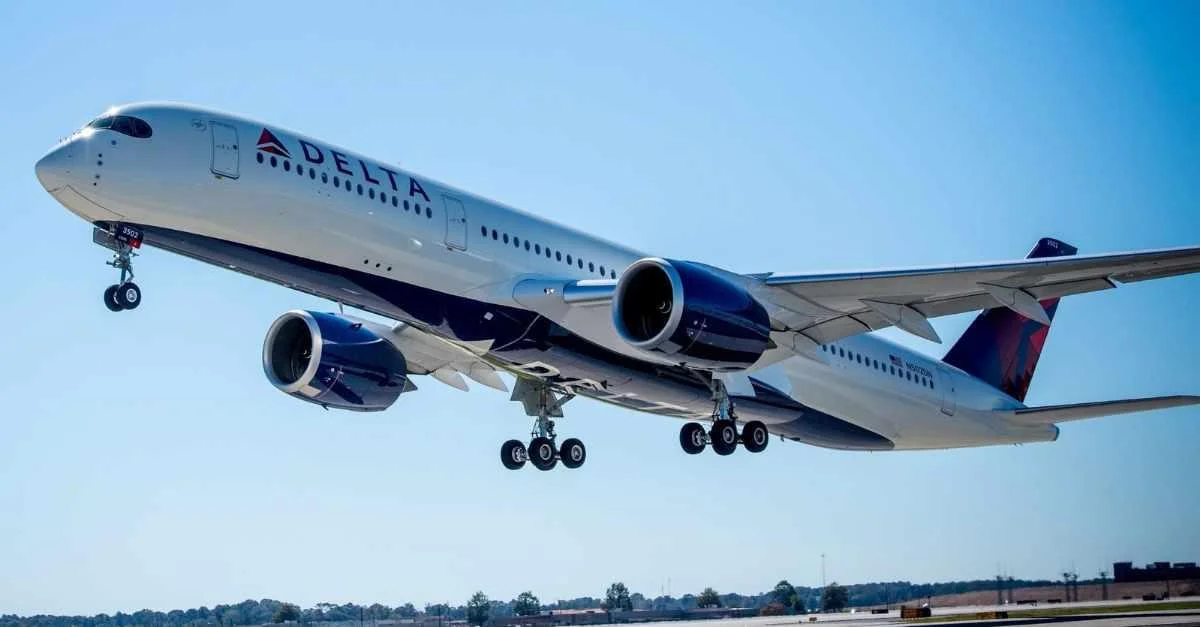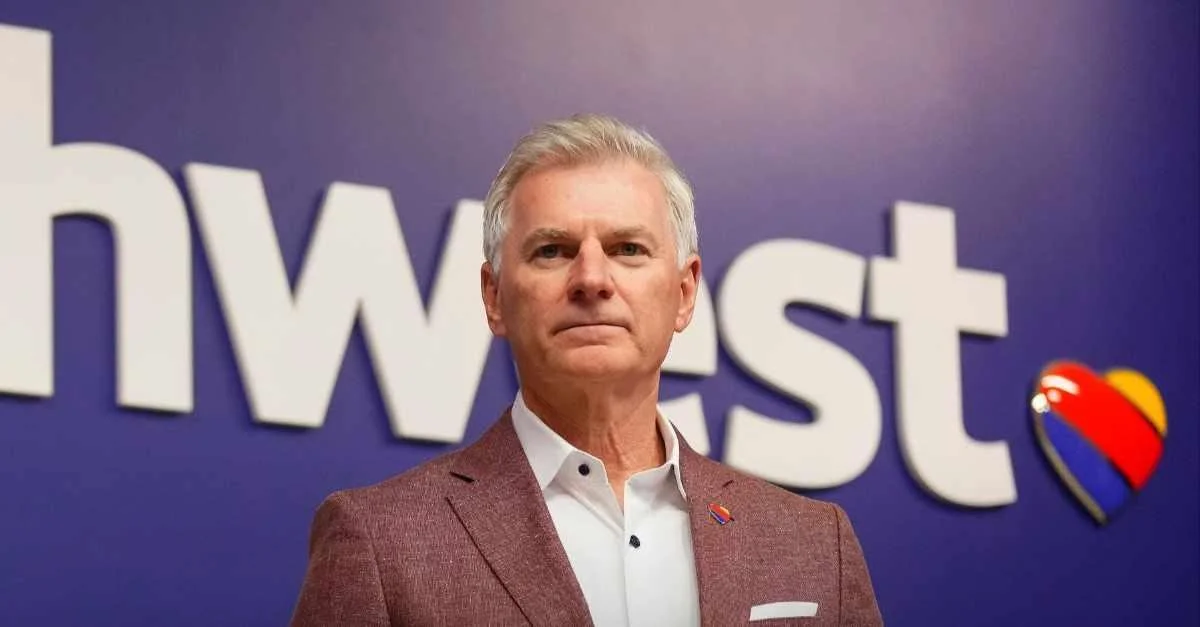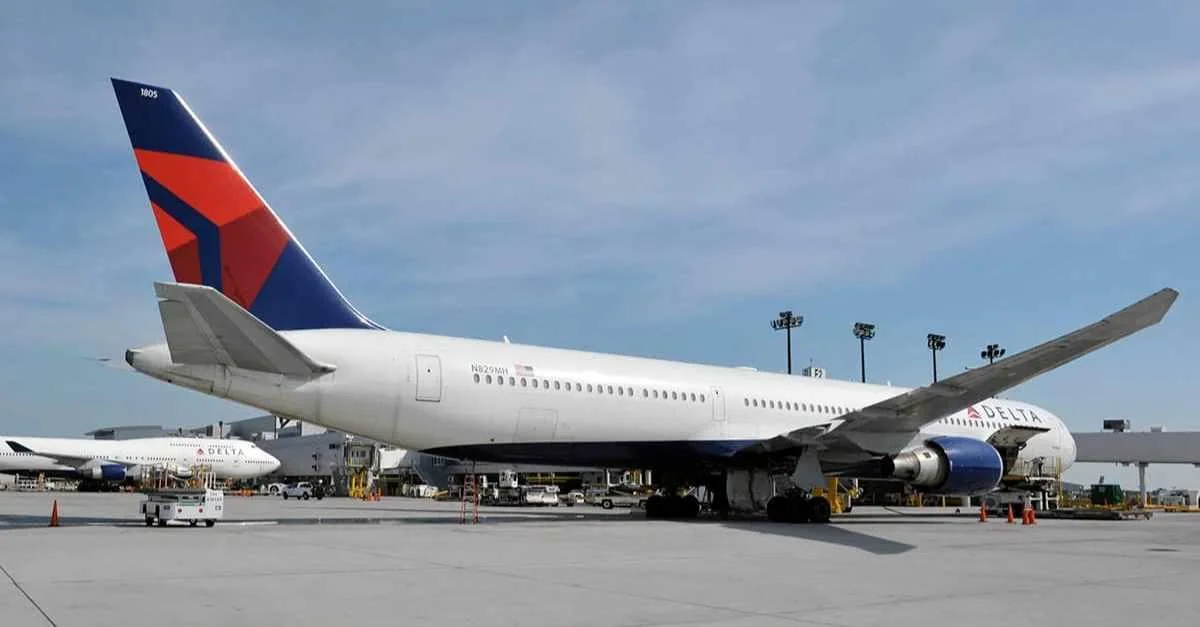The cost of turnover goes beyond just the financial aspect. It affects the morale and productivity of your remaining team. Replacing a highly skilled corporate pilot is not only expensive but also time-consuming, especially during a talent shortage when compensation is skyrocketing. These hiring costs can escalate quickly, making it clear why retention should be a top priority.
The High Cost of Pilot Turnover
Aviation employees, including pilots, leave for various reasons: higher wages, better schedules, proximity to family, failed leadership, and negative workforce culture. The motivation to leave due to poor leadership and misaligned cultures is even more prevalent than leaving for money. Coupled with natural attrition from retirements, this creates a precarious situation.
That’s why it’s critical to build a business case to educate HR and compensation professionals about the costs involved in retaining versus replacing pilots. The cost to recruit, replace, relocate and retrain headcount in aviation is substantially higher than in other industries.
Consider these turnover-related expenses:
• Exit costs: Payouts for sick leave or vacation.
• Preliminary hiring costs: Advertising recruiter fees and travel expenses.
• Interviewing costs: Background checks drug tests and travel for simulator evaluations.
• Relocation: Moving stipends or relocation packages.
• Orientation and training: Onboarding programs might require new hires to be away from the aviation facility.
• Wages: Increased compensation to attract top talent which might cause an entire departmental increase.
• Cultural impact: Existing employees may become concerned about the team’s stability and feel disengaged when their workload doubles; they now have to spend the next year teaching and trusting a new hire; internal training burnout can lead to cascading departures; it can also take several months or even up to a year for the new hire to adapt to and embrace their new work environment.
• Onboarding costs: Internal training and management time.
• Pilot training: Initial type-rating and in-aircraft mentoring.
• Lost productivity: Managers and staff whose primary job isn’t interviewing or training.
• Contract pilot costs: Reliance on substitute pilots until permanent fit is found,
• Lack of expertise: New hires take up two years reach productivity existing employees
• Potential customer dissatisfaction Passenger trust issues perceptions with new hire
• Loss business Flights executives that supported
• Administrative costs Exit interviews new hire payroll training
• Service errors New hires often take longer solve problems
On-the-job Domestic international flight planning safety management scheduling software
Building Business Case HR Calculating Pilot Turnover Costs
To make compelling case HR emphasize critical importance investing retention strategies Maybe need review compensation create flexible schedules implement professional development programs use contractors offload few trips
When doubt educate HR partner uniqueness business aviation industry Present retention business risk organization Run numbers comparing costs retention initiatives against exorbitant turnover particularly dual-rated pilot
How do costs corporate pilot compare those corporate employee Explain work/life issues compared corporate employee And don’t forget highlight impact ongoing challenging pilot marketplace fiercely competitive compensation landscape
Turnover costs vary widely many easily visible quantifiable According Embry-Riddle Aeronautical University College Aviation associate professor Kristine Kiernan turnover range 90% 200% annual salary figure likely increased since her 2018 study
Consider formulas:
Total turnover per Separation contractor recruiting selection hiring relocation internal external lost productivity
Total Total number left past calendar year
G650 Pilot Turnover Estimate Let’s say example Northeast-based Gulfstream G650 unexpectedly leaves what perceive better opportunity Based experience could take organization three four months recruit hire onboard replacement Expect pay salary around $400000 plus bonuses qualified candidate more than 4000 flight hours There about 430 G650/G650ERs flying U.S., according JetNet so recruiting type-rated might not challenging But does person reside city And exact leadership qualities experience attitude organization needs If not invest relocation/or type rating In total nearly $300000 That nearly first-year compensation How did come figure Here conservative "back napkin" estimate hire replacement Northeast-based G650 captain:
$120000 contractor support cover flights transition period (e.g., days month four months)
$100000 type rating takes town days
$7500 food hotel rental car expenses while training
$25000 one month’s salary during training
$15000 internal processing travel-related without third-party recruiter
$25000 relocation family four up $75000
As see eye-watering figures underline crucial point investing strategies far more cost-effective dealing financial operational chaos Questions consider:
How use replacement speak compensation team?
How effectively communicate high hiring HR?
How use improve budgeting?
Why Retaining Talent More Cost-effective Than Hiring As recruiter emphasizing counterintuitive Yet without addressing root causes disengagement hires temporary fix Just planting seeds infertile soil thrive if underlying persist Investing isn’t just decision preserving stability morale productivity Imagine relief satisfaction valued supported unsure engagement levels ask Conduct “listening tour”/or third party anonymously survey discover aligned values foot door But listen must let know heard outline actions company taking address concerns Even desired change tried understand rationale changing old notion remaining silent “rocking boat” crush corporate department today Recent Gallup data highlights significant increase reaching highest levels since Currently half watching actively seeking opportunities Alarmingly voluntarily left past believe departure prevented manager organization This underscores importance proactively engaging members Regular meaningful one-on-one conversations uncover issues before escalate Don’t wait signs dissatisfaction By then late After all third never express intent quit Burnout silent killer leading unexpected resignations perpetuate vicious cycle understaffing further afraid voice concerns workload matters contribute fear-driven environment worsening Truly understanding addressing needs save significant emotional losses losing top talent Having proactive discussions go long way preventing unplanned commitment enhance loyalty drive success Take action now invest valuable asset—your people Show well-being matters watch thrives Sheryl Barden CAM CEO Aviation Personnel International longest-running recruiting consulting firm exclusively serving thought leader related professionals NBAA Fellow formerly served board directors advisory council opinions expressed column author necessarily endorsed AIN Media Group
 Alerts Sign-up
Alerts Sign-up







